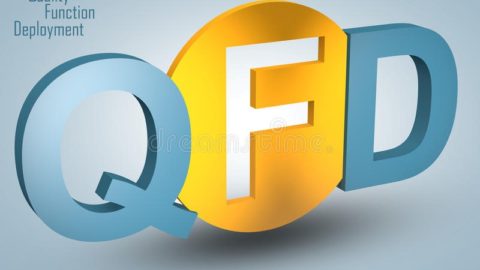
Consumers today have a multitude of options for similar products or services. In order to improve competitiveness, organizations need to constantly improve the quality of products and services as well as pay more attention to the needs of customers.
Finding out the needs of customers in general is not easy. Organizations need to determine what is driving consumer perception of value or quality in a product or service in the segment they are targeting. This can often be achieved through integrating VOC (Voice of the Customer) into product design. Thereby, the organizations can proactively create products that match the important values of consumers in general or unique products aimed at a particular group of customers. There is a process to make sure this is in place, which is Quality Function Deployment (QFD).
QFD is great for helping an organization focus on the critical features of a new or existing product or service with different perspectives on customer market segments, companies or technology development requirements. The results of this technique provide clear, reusable matrices and graphs for future product and service development.
The Quality Function Implementation Process is a four-stage cycle consisting of operations throughout the supply chain. A series of matrices are used at each stage to convert VOC elements into the design requirements for the entire production system. The four phases of QFD are:
Product Definition: The Definition Stage begins with the VOC collection and conversion of customer needs into product specifications. It may also involve competitive analysis to evaluate how well a competitor’s products are in terms of meeting customer wants and needs. The original design concept was built on specific product requirements and specifications.
Product Development: During the Development Stage, critical product characteristics are given priority and converted to critical part characteristics or specifications. The functional requirements or specifications are then defined according to each functional level.
Process Construction: During the Process Build Stage, the manufacturing and assembly processes are designed based on product specifications and key characteristics of each product component.
Quality Control: Before production begins, all specifications obtained by converting VOCs will be re-verified through a test production stage. Several adjustments will be made to optimize the cost effectiveness of the process as well as to match the production capacity of the organization.
Effective use of QFD requires the coordination of the R&D team and the manufacturing division in a highly disciplined environment. However, if the steps in the QFD process are implemented well, the results your organization will receive will be significant.
(To be continued)
Productivity and Quality Office